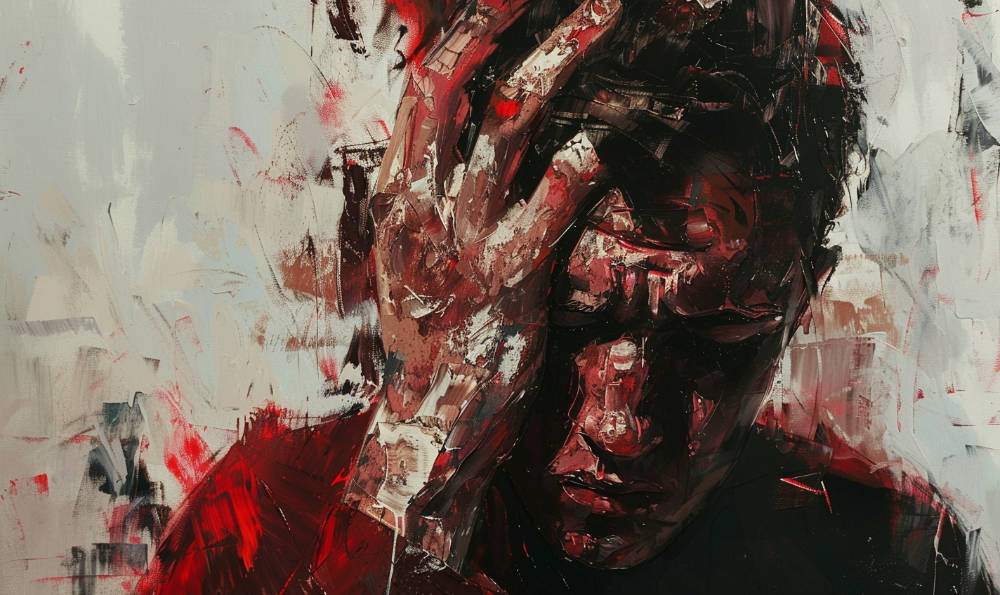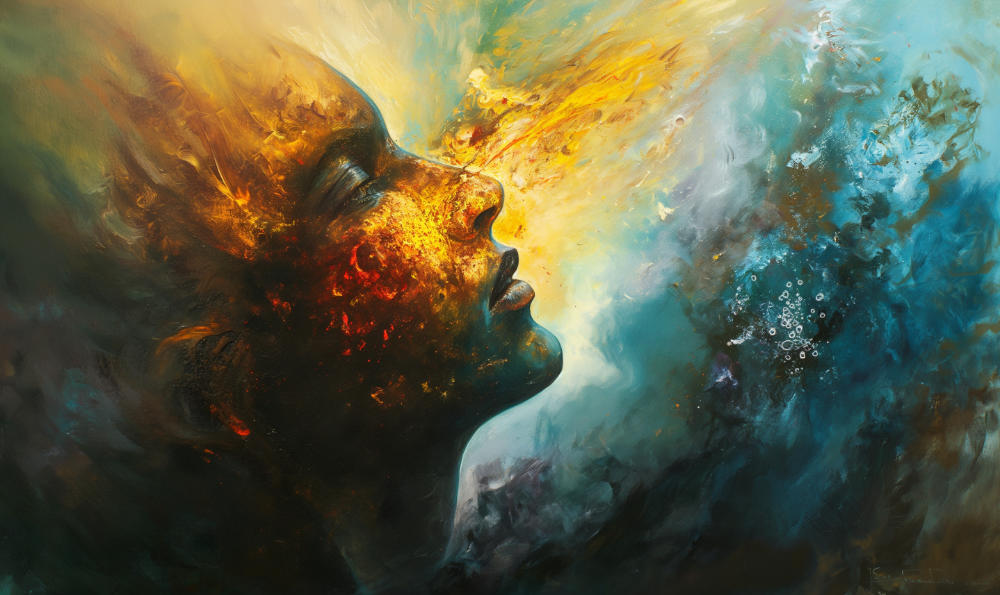Exploring the Paradox: Artists and Mental Health

The image of the tormented artist, grappling with inner demons while creating masterpieces on canvas, has long captured the public imagination. From Van Gogh’s tumultuous life to Pollock’s frenetic energy, there seems to be a deep connection between artistic genius and mental turmoil. But what lies beneath this paradox? Is it the nature of artistic brilliance itself, the materials artists use, or perhaps a combination of both?
The Sensitivity of the Artist
One prevailing theory suggests that the very traits that make artists exceptional—sensitivity, creativity, and intense emotional depth—also make them more susceptible to mental health issues. Artists often feel the world more acutely, absorbing its joys and sorrows with an intensity that can be overwhelming. This heightened sensitivity can lead to a deeper exploration of the human experience, resulting in profoundly moving works of art.
However, this same sensitivity can also be a double-edged sword, exposing artists to the darker aspects of existence. The pressure to create, coupled with the constant scrutiny of their work, can lead to anxiety, depression, and other mental health challenges. The process of translating raw emotion into art can be emotionally draining, leaving artists vulnerable to bouts of despair and self-doubt.
The Toxicity of Art Materials
Moreover, the very act of painting itself can contribute to mental health issues. Many traditional paints contain toxic substances such as lead, cadmium, and mercury, which can have detrimental effects on the brain and nervous system. Long-term exposure to these materials, combined with poor ventilation in studios, has been linked to conditions such as lead poisoning and mercury toxicity.
Artists throughout history have unknowingly put themselves at risk by ingesting or inhaling these hazardous substances while pursuing their craft. Van Gogh, for example, famously used paints containing lead and other toxic pigments, which may have contributed to his deteriorating mental and physical health.
The Isolation of the Artist
Additionally, the solitary nature of the artistic process can exacerbate feelings of isolation and loneliness. Many artists spend long hours alone in their studios, immersed in their work and disconnected from the outside world. This isolation can lead to a lack of social support, making it difficult for artists to seek help when they are struggling.
The Impact of Fame and Recognition
While fame and recognition are often seen as the pinnacle of success for artists, they can also bring added pressures and challenges to mental well-being. The public scrutiny of their work, the expectations of critics and audiences, and the constant demand to produce new and innovative pieces can create immense stress.
Moreover, the fleeting nature of fame can be destabilizing for artists, leading to feelings of insecurity and inadequacy. The pressure to maintain a certain image or style, to constantly outdo oneself, and to live up to past successes can be overwhelming.
The Role of Personal Trauma
Many artists also draw inspiration from personal experiences, using their art as a means of processing trauma and pain. While this can be cathartic and healing, it can also reopen old wounds and stir up difficult emotions. The line between creative expression and personal anguish can blur, leading to a cycle of emotional turmoil.
Support and Solutions
Despite these challenges, the art world is starting to acknowledge and address the mental health needs of its creators. Organizations and initiatives are emerging to provide support, resources, and a sense of community for artists facing mental health issues. Artists are encouraged to prioritize self-care, seek therapy, and engage in practices that promote mental well-being.
Therapeutic approaches such as art therapy are also gaining recognition for their ability to help artists process emotions, reduce stress, and improve overall well-being. Through guided artistic expression, artists can explore their feelings in a safe and supportive environment, gaining insight and resilience along the way.
Ultimately, the relationship between mental health and artistic genius remains a complex and multifaceted issue. While the intense emotional experiences of artists undoubtedly contribute to their creative output, the environmental factors and pressures of the art world can also take a toll on their well-being. As society continues to grapple with the intersection of art and mental health, it becomes increasingly important to support and nurture the artists who enrich our lives with their extraordinary creations.
The tormented artist remains a captivating figure in our cultural imagination, but behind the romanticized image lies a deeper truth: the struggle with mental health is a real and often overlooked aspect of the artistic journey. By acknowledging and addressing these challenges, we can create a healthier and more supportive environment for artists to thrive and continue to inspire us with their unparalleled creativity.

















